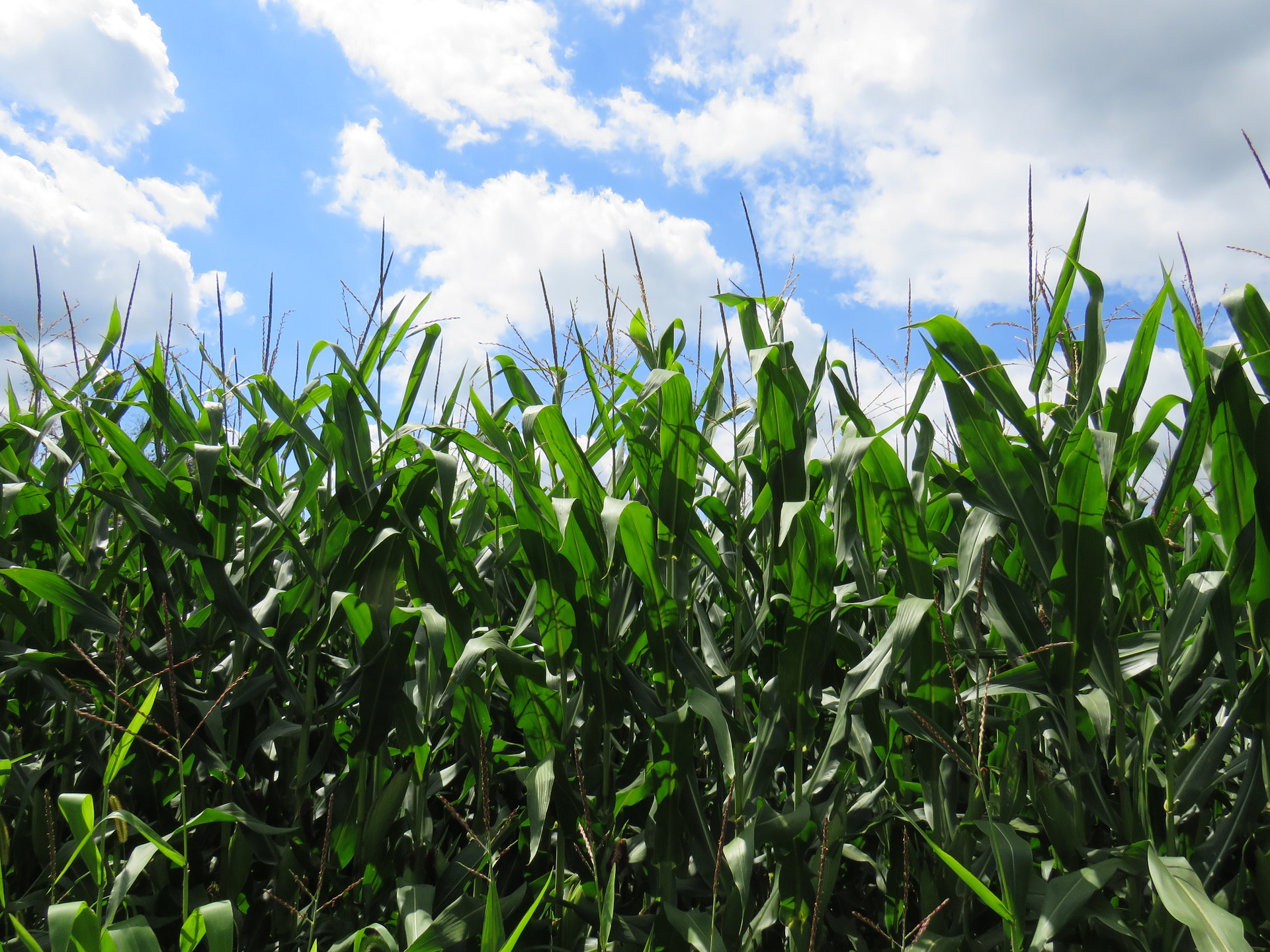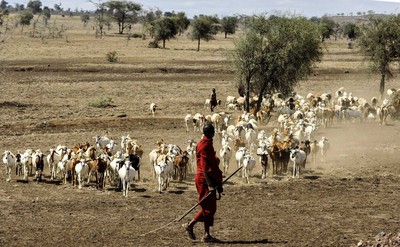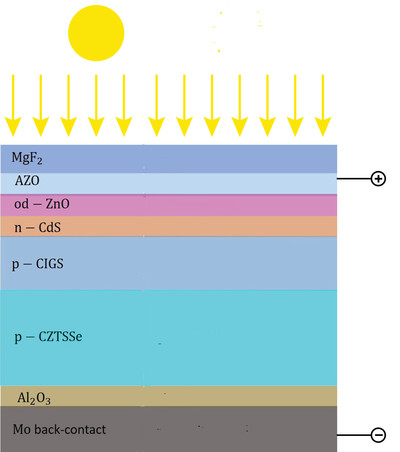 John LaRose Jr.
John LaRose Jr.
Topics: Corn/Maize, Soil Health, Soybeans, Agriculture US, Crop Consultant, Education U.S. NorthEast, Agriculture Global, Ag Tech, Plant Breeding,
U.S. soybean, corn yields could be increased through use of machine learning | Penn State University
Research guided by a plant pathologist in the College of Agricultural Sciences suggests that machine-learning algorithms that are programmed to recognize changing weather patterns could show producers and agricultural managers how to increase soybean and corn yields in the United States.
-
(0)
-
Bookmark
- Comments (0)
 John LaRose Jr.
John LaRose Jr.
Topics: Herbicides, Weeds, Crop Consultant, Education U.S. NorthEast, Sustainability, Regenerative Agriculture,
No-till production farmers can cut herbicide use, control weeds, protect profits | Penn State University
Farmers using no-till production — in which soil never or rarely is plowed or disturbed — can reduce herbicide use and still maintain crop yields by implementing integrated weed-management methods, according to a new study conducted by Penn State researchers.
-
(0)
-
Bookmark
- Comments (0)
 John LaRose Jr.
John LaRose Jr.
Topics: Corn/Maize, Irrigation, Dairy, Cover Crops, Education U.S. NorthEast, Water, Research, Fertilizer, Weather,
Climate-smart ag strategies may cut nitrous oxide emissions from corn production | Penn State University
Using dairy manure and legume cover crops in crop rotations can reduce the need for inputs of inorganic nitrogen fertilizer for corn, thereby protecting water quality, but these practices also can contribute to emissions of nitrous oxide, a potent greenhouse gas. That’s the conclusion of Penn State researchers, who measured nitrous oxide emissions from the corn phases of two crop rotations.
-
(0)
-
Bookmark
- Comments (0)
 Isaac L
Isaac L
Topics: Livestock/Meat, Agriculture Global, Lamb/Sheep, Goats, Research, World Population,
Reducing transmission risk of livestock disease | Penn State University
According to a new study, the risk of transmitting the livestock virus PPRV, which threatens 80% of the world’s sheep and goats, increases with certain husbandry practices, including attendance at seasonal grazing camps and the introduction of sheep and goats to the herd.
-
(1)
-
Bookmark
- Comments (0)
09/16/2020 SOURCE: news.psu.edu
Solar cells have come a long way, but inexpensive, thin film solar cells are still far behind more expensive, crystalline solar cells in efficiency. Now, a team of researchers suggests that using two thin films of different materials may be the way to go to create affordable, thin film cells with about 34% efficiency.
Theoretically, two layers are better than one for solar-cell efficiency | Penn State University
-
(0)
-
Bookmark
- Comments (0)







